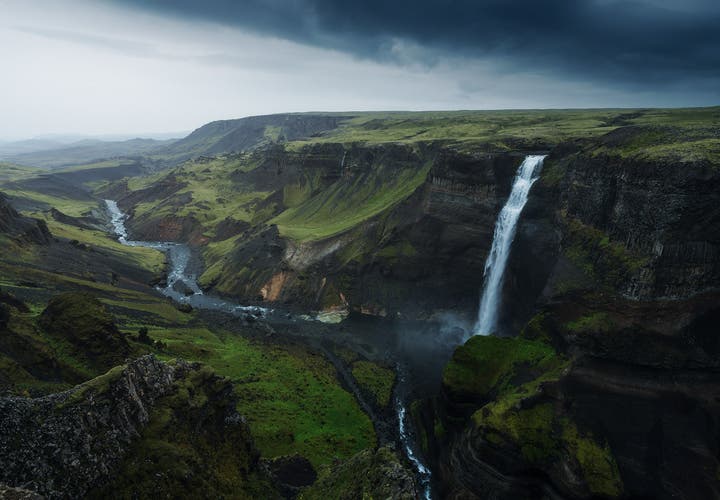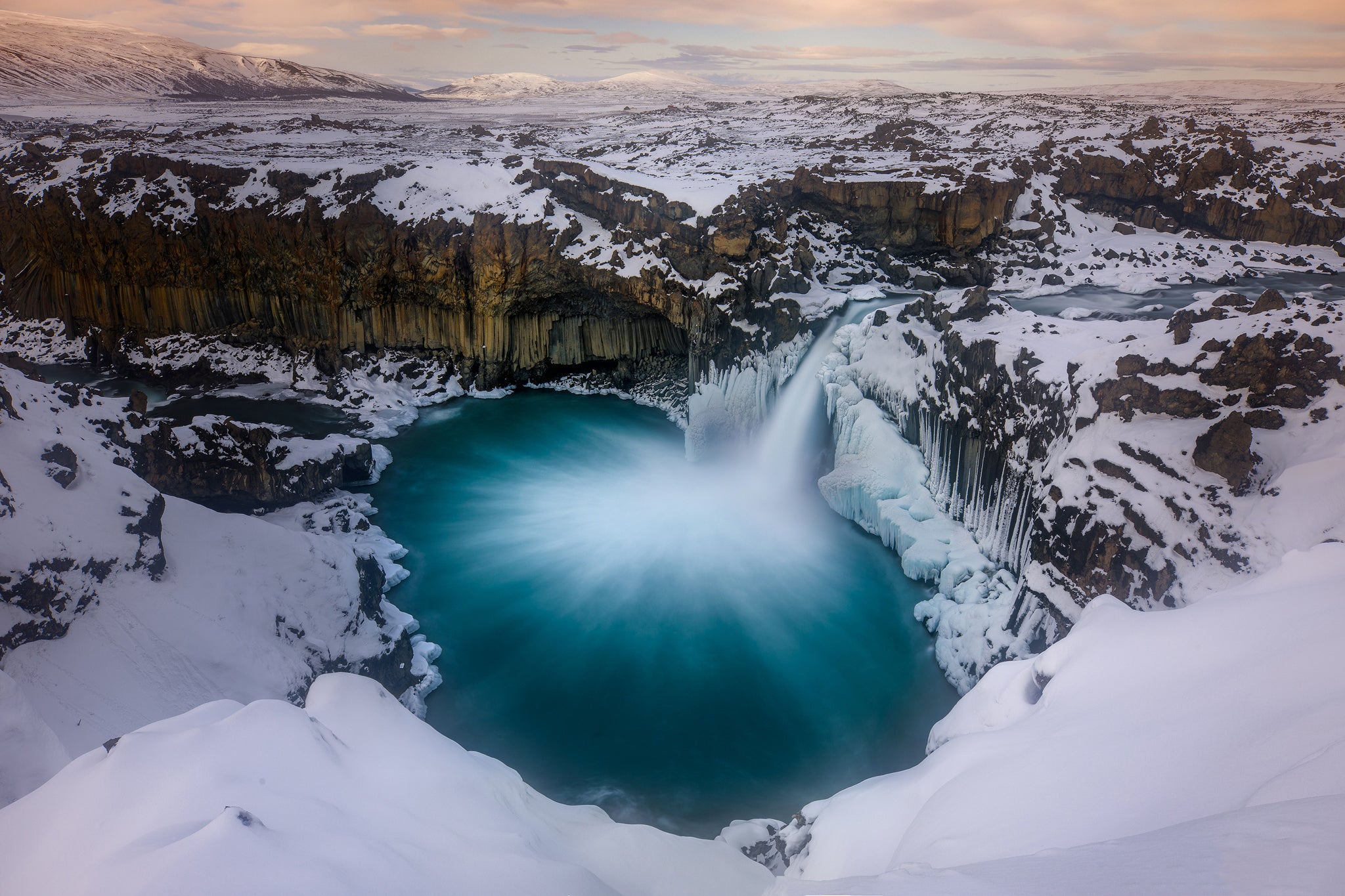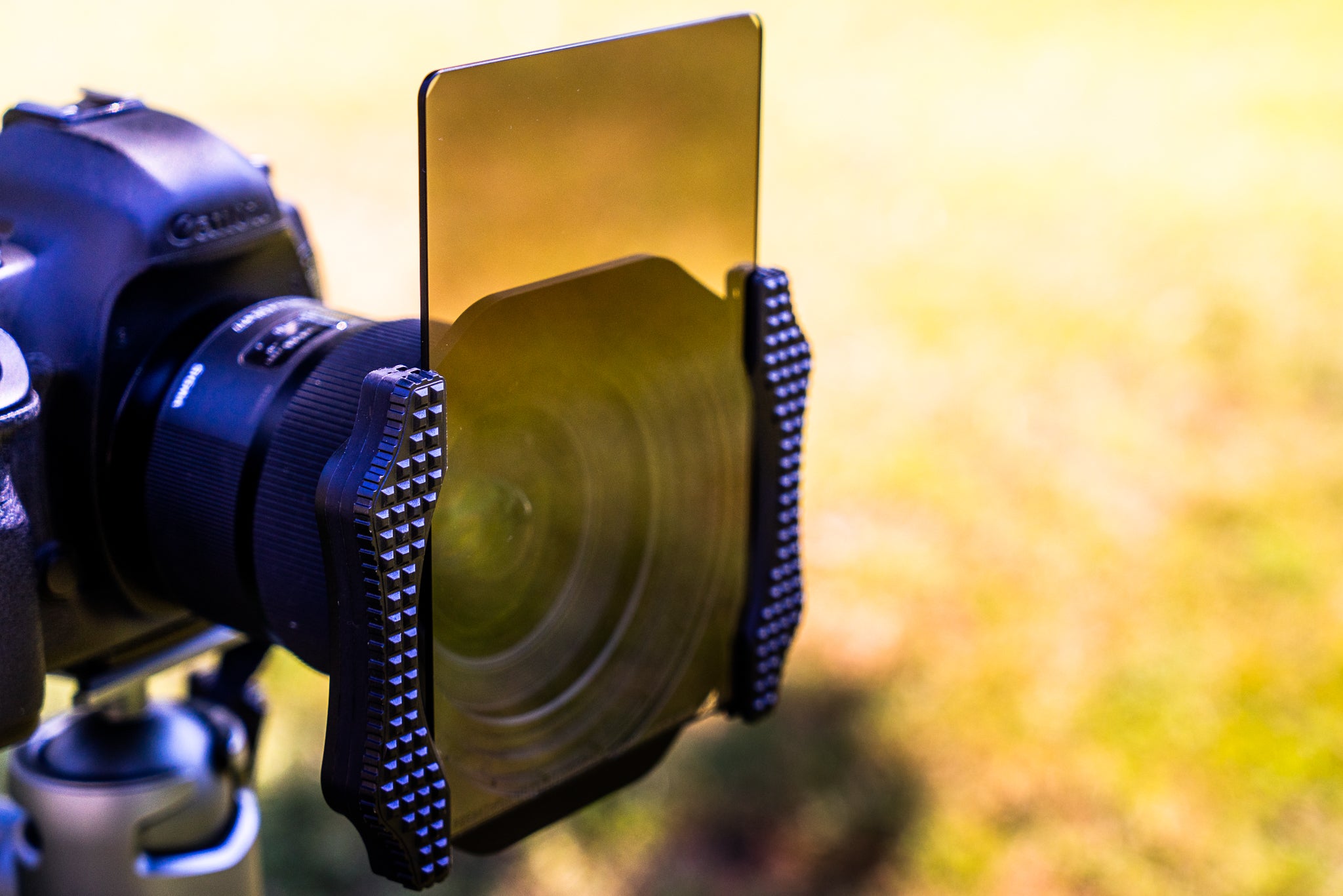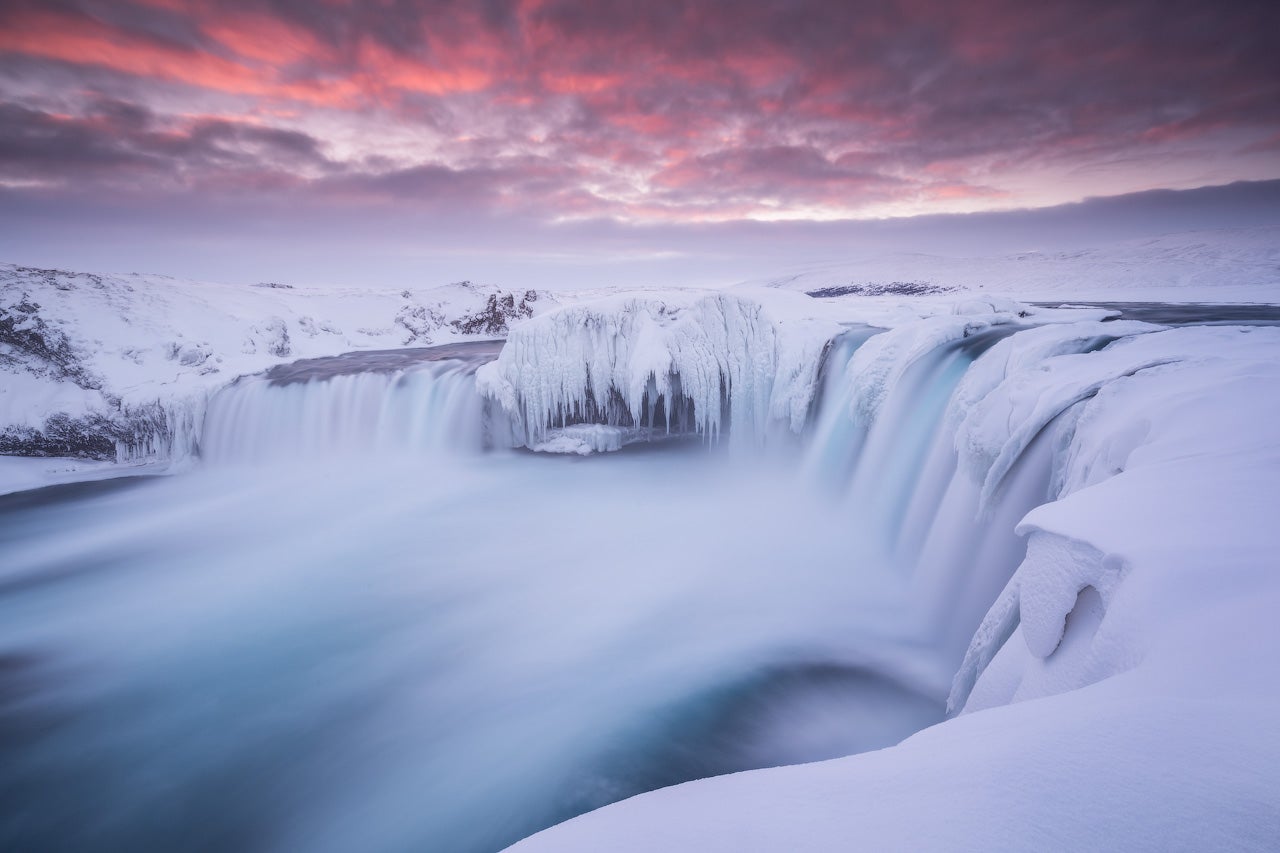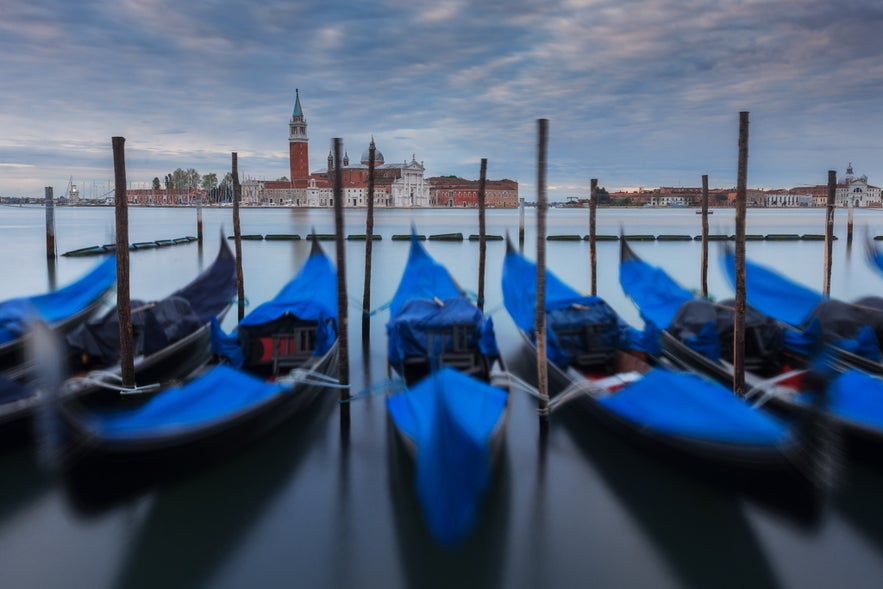
It can be overwhelming, to say the least, when you enter into the magical world of photo editing software and apps – especially if you don’t have a clue about what features you should be looking for or how they might work in practice. Have I mentioned the fact that there are more and more choices being introduced to the market every day? Until the last decade, options were quite limited; these days, (un)fortunately, they are endless!
- Check out this Antarctica Photography Expedition with Daniel Kordan - 2020
- Discover How to Choose Which Version of Lightroom to Buy
- Learn all about Photographing Waves in Iceland | In Field to Post Processing
In this article, I'll give you a comprehensive look at the most popular photo editing software and apps that are being used by professional photographers to process their images. This will help you to understand which features of each program may be more useful to you, which will no doubt help you to make the right choice when you finally invest in purchasing a subscription or digital download.
Why You Should Edit Your Photos
 Editing your photos will make them look immensely better than what you capture in RAW or JPEG. Photo by: 'Leonardo Papèra'.
Editing your photos will make them look immensely better than what you capture in RAW or JPEG. Photo by: 'Leonardo Papèra'.
This is kind of a tricky question to answer; I’ll try to make it as easy (and as short) as possible for you.
Let’s start by saying that the shot that you get in your camera – whether you are shooting in RAW or JPEG – is NOT a real representation of what you are seeing.
The reason for this is that if you are shooting in RAW format, then you are really just capturing all of the data in the scene, rather than an accurate reflection of the scene itself. The RAW file is (as the name suggests) a raw format that needs some work. The colours and contrasts are not the same as the scene you may have seen with your naked eyes. Instead, the colour temperature could be off in the shot, while the saturation and contrasts may generally be well below the scene in reality. As such, you will need to process your images if you shoot in the RAW format.
On the other hand, when you shoot in JPEG, you basically allow the camera to do the editing work for you. The JPEG format is a "ready for print" file that is already edited and compressed. The camera will basically do what you are too lazy to do by yourself. In other words, it will edit the files automatically before displaying them on your LCD screen. That's why the colours and contrasts may appear to be nicer in a JPEG compared to RAW images during the shooting phase. It doesn't necessarily mean that you have captured everything the way that you may have seen it.
So rather than letting your camera decide how the scene should look, you can take control by shooting in RAW and processing the image yourself. This means that you'll be able to more accurately reflect what you saw in-field or even to convey a different atmosphere, depending on how you like your art. It's better than leaving it up to your camera to apply the same basic settings to everything!
Top Photo Editing Software and Apps
 Whatever you are looking for, there is a photo editing software out there that will work for you. Photo by: 'Leonardo Papèra'.
Whatever you are looking for, there is a photo editing software out there that will work for you. Photo by: 'Leonardo Papèra'.
Now that we've gone over why you should edit your photos, let's take a look at the best editing software for desktop computers and smartphones or tablets, as well as the features that each is best known for.
Adobe Lightroom
Let’s start with the most popular photo-editing software ever made, ladies and gentlemen: Adobe Lightroom!
The chances that you have already heard of this name are quite high. This piece of software has been on the market since 2006. Since its inception, it has become the industry standard for editing images, whether on a Mac or PC.
Key Features:
-
RAW Editing and Adjustments: Adobe Lightroom is great for RAW editing and adjustments. You can make adjustments to the temperature, colour tint, highlights, shadows and more
-
Photo Library: If I have to suggest one place where you can organise all your pictures, the Lightroom Library is for sure the one that has the most features. You can rate your images, give them tags to quickly find them and order them in folders. Apart from these, there are endless more advanced functions that you can use!
-
It's User-Friendly: Even if it’s not as user-friendly as some smartphone apps available today, it’s really no that difficult to learn how to use the main functions of this software.
What it Lacks:
-
Layers and Masking: The only reason why you may not be able to use Lightroom as a standalone editing software is because at some point, you may want to utilise layers and masking in your workflow. Even if you just want to make use of gradients, you simply won't have the same control in Lightroom as you will with other post-processing programs, which might allow you to work on specific areas.
 Lightroom is great for simple edits. Photo by: 'Leonardo Papèra'.
Lightroom is great for simple edits. Photo by: 'Leonardo Papèra'.
Adobe Photoshop
Well before Lightroom was born, another piece of software from the same company was dominating the photo-editing scene: Adobe Photoshop was (and still is) its name!
Photoshop was developed in 1990 for digital photo retouching and digital colour editing. Like its younger brother Lightroom, it became a must-have tool for photographers from its very conception. Since then, many features have been added and these days, it remains one of the most popular photo retouching programs on the market.
If you're wondering why Adobe has two lots of photo-editing software on the market, it's because they do different things. Lightroom is mainly a RAW developer and photo organising tool, while Photoshop is the software that you will need for more complex adjustments, working on layers, masks and channels.
Key Features:
-
Layering and Masking: This has to be the standout feature for those who are looking to buy Adobe Photoshop. The possibility to work with layers and masks is an important feature so if you need this in your workflow, then you’ve just found your workhorse! While it may be difficult at first to learn how layers and masks may be applied to your own work, once you get the hang of them, you won't be able to work without them anymore!
-
Precise Selections: Whether you need to do precise masking or you have to move, delete or add objects to the image, Photoshop will help you to do that with a variety of tools such as the magnetic lasso or brushes. This way, you can work precisely on the area or object in your sights.
-
Advanced Cloning: Photoshop has a fabulous clone stamp tool, spot healing brush tool, patch tool and a bunch of others at your disposal. These tools will help you achieve the same exact thing in different ways, which is to remove unwanted objects from your pictures with great precision.
Cons:
-
Advanced Editing: You’ll need time to learn how to properly work in Photoshop, even for the most basic functions; it is not as user-friendly as other software may be. As such, if you are not doing photography professionally (or at an advanced level), then you may want to spend your time outside shooting rather than in front of a computer learning how to use it.
 Adobe Photoshop is better for more complex edits. Photo by: 'Leonardo Papèra'.
Adobe Photoshop is better for more complex edits. Photo by: 'Leonardo Papèra'.
Skylum Luminar
In the last few years or so, a new piece of editing software has appeared on the market. It has rapidly caught a lot of attention from photographers and its name is Luminar, produced by Skylum.
First of all, the software is available both as a standalone product and as a plug-in for the Adobe Suite. At the time of writing, the newest version on the market is Luminar 4 and the features that it packs are quite impressive to say the least.
According to Skylum, “Luminar 4 is the world’s first purpose-based rather than a tool-based photo editor”. In other words, their aim is to reduce the amount of time spent learning how all the tools work and how you can make good use of them, so that you can focus on expressing your creativity by simplifying your whole editing workflow.
In my humble opinion, this is not bad at all; as I was saying somewhere above, I’m all for spending more time outside shooting rather than standing in front of the computer and Luminar seems to help you to accomplish that!
Key Features:
-
AI Sky Replacement: The sky replacement tool is for sure one of the highlights of Luminar and should be at the top of this list. Don’t get me wrong, you can replace the sky in your photos even with other editing programs but with Luminar, you’ll be able to do it in just a few clicks. The AI will do the hard part of the job for you. The ease with which you can replace skies in your photos is just incredible!
-
AI Skin Enhancer / Portrait Enhancer: Luminar has got you covered if you are a portrait photographer. In this case, you can let the AI do the hardest part of the job to improve your portraits in just a few clicks; the software will remove all skin imperfections and selectively improve the sharpness of your images.
-
Smart Contrast: The thing that is most impressive about the smart contrast feature is the visible improvement that you see with just the click of a button. Obviously, you can obtain similar results with other software but there’s no denying the fact that Luminar will save you a lot of time!
 Skylum Luminar is great for one-click edits. Photo by: 'Leonardo Papèra'.
Skylum Luminar is great for one-click edits. Photo by: 'Leonardo Papèra'.
- See also: Ultimate Guide to Luminar by Skylum
Capture One Pro
Another great piece of software for photo editing is Capture One Pro, which was developed by Phase One – a company that I don’t think needs any introduction.
Capture One is both a RAW-developing and photo retouching program, so that you’ll be covered whatever your needs are. It is a great all-in-one choice if you don’t want to install lots of software for each part of your workflow.
Key Features:
-
Tethered Capture: One of the highlights of this software and one of the things that it does best. The tethered capture mode allows you to preview and take photos directly from your computer, simply by connecting your camera to it. Obviously, this feature won’t be of interest to everybody, since it suits only the photographers who have the time to set up all the equipment and connect their camera to the computer for a shoot.
-
Basic Colour Editor: Personally, I consider this colour editor to be one of the best on the market; it gives you a lot of control over the HSL (hue-saturation-luminosity) but at the same time, it is really easy to use and you can obtain beautiful results within a couple of minutes!
-
Interface: Capture One has to have one of the best interfaces on the market. Everything is right where you want it to be. It’s clean and you can personalise it for your needs. Again, simple and powerful at the same time!
Adobe Photoshop Express (iOS / Android)
As you can see from the title, we are officially switching from computer software to smartphone apps. The first one that I want to talk about with you is Adobe Photoshop (yes, again), but this time in its mobile version!
Many of the features that are packed in the desktop version can’t be found in Adobe Photoshop Express but it is still, in my opinion, one of the best options you can find on the app stores for processing your smartphone images.
You’ll still find all the “classic” adjustments like colours, contrasts, highlights, shadows and so on, which is more than enough for editing pictures on your phone!
Developed by Google, Snapseed is a great competitor of Adobe Photoshop Express, though the strength of this app is its ease of use. In just a few clicks, you’ll be able to improve your mobile shots. You'll have all of the basic adjustments for colours and contrasts right at your fingertips. There are also plenty of filters too if you want to go artistic and set your own style.
How to Choose the Best Photo Editing Software for You
Choosing the best photo editing software that fits your needs isn't as hard as it seems. First of all, think about the amount of time that you want to spend editing your photos. If you get bored easily and just want to do it quickly, then Luminar or Lightroom may be the right fit for you. In both cases, you can get away with a finished photo in just a few minutes.
On the other hand, if you like to be really precise with your editing and aren't too worried about spending a lot of time behind your PC, then Photoshop or Luminar may be your best choices.
Think also about how much you want to spend and what you can actually purchase on your budget. Lightroom, Photoshop and Capture One all come with a monthly subscription option, while Luminar may be bought with a one-time fee.
Since all of these companies will generally offer a trial period before you actually have to make a decision about purchasing the software, it's a good idea to try them all to see which one you like the most and which you feel may be the best choice for you!
 The best photo editing software for you is one that fits your workflow. Photo by: 'Leonardo Papèra'.
The best photo editing software for you is one that fits your workflow. Photo by: 'Leonardo Papèra'.
Summary
As you can see, there is a lot to think about when investing in photo editing software. The best way to understand the features of each and to figure out which one is the best for you is to give them all a try and to see for yourself what you like about them, as well as what their limitations may be in terms of your own workflow. Whatever you choose, there is sure to be something out there for you that will provide you with all of the tools you need to produce outstanding images.
About the author: Leonardo Papèra is a landscape photographer based in Italy. You can find more of his work on his website or by following him on Instagram.
What kind of editing software or apps are you currently using to process your photos? What kinds of features do you like best about the programs that you use? Leave a comment below!

